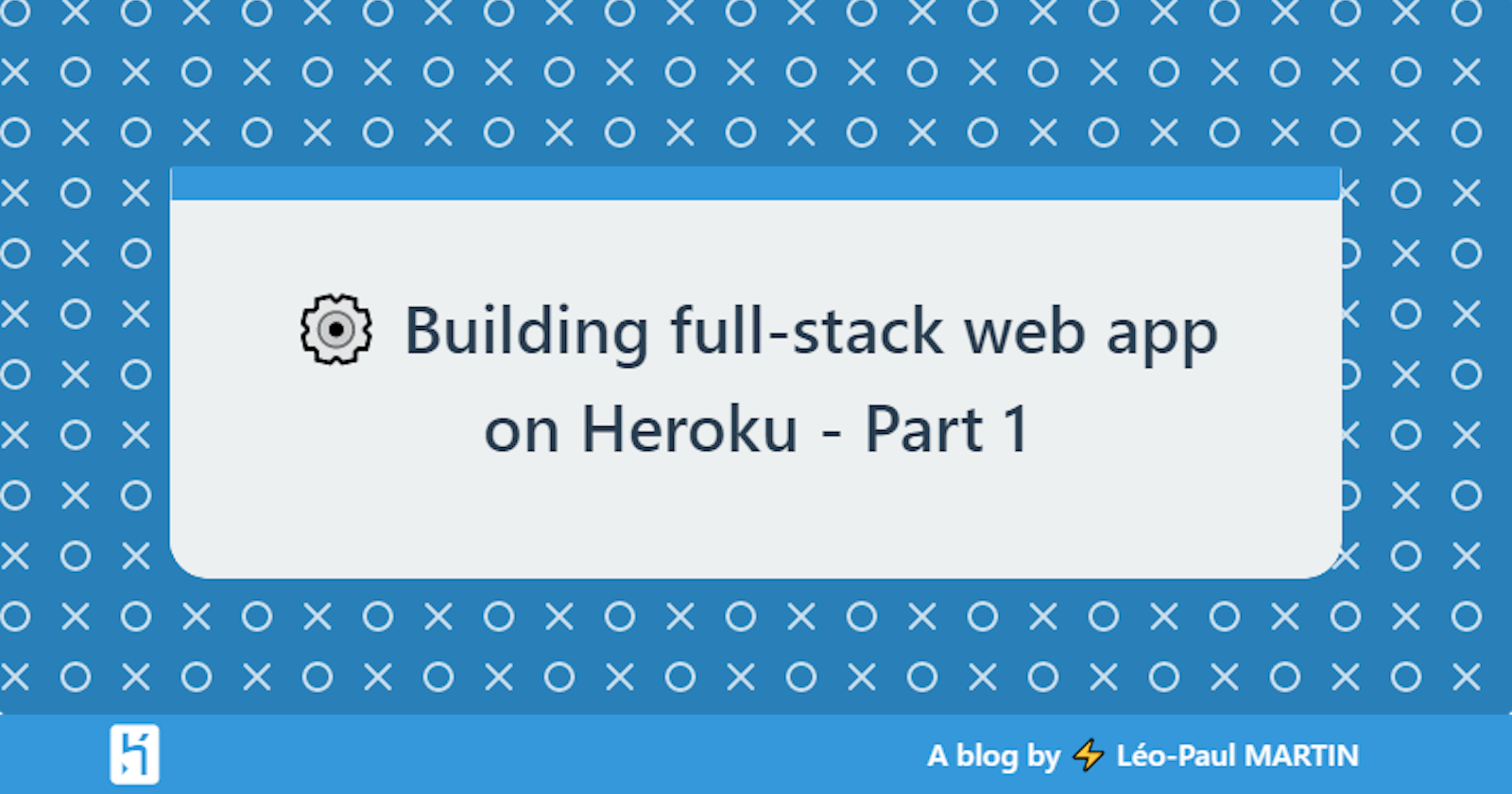Context
Before Heroku, I tried many serverless/hosting services like Netlify and Vercel which are goods. But I wanted to deploy a spring-boot app. I think it's also doable with AWS.
For the POC, I keep it simple and prototype a library webapp.
In order to make a full-stack web app on Heroku, I need to do 4 steps:
- Database to store data
- Backend to access and manipulate the database
- To expose a restful API
- Frontend to display the data
I choose to build database and backend, then frontend later (part 2)
Database and spring-boot backend on Heroku
1. Database on Heroku
I simply follow this post to create a database on Heroku 😉
At the end of his post, he introduced 5 database explorers so I choose to go with the software TablePlus to visualize database content.
2. Create Spring boot backend
a. Create spring restful API
To build this part I found lots of resources actually:
- Jojozhuang post with image upload and git sources.
- Jojozhuang game-store-angular sample to play with the app.
- Jojozhuang deploying steps to Heroku
- Dzone Set up a Spring Boot Application with PostgreSQL full project sources
- Dariawan Spring Boot + JPA/Hibernate + PostgreSQL RESTful CRUD API Example
- Javaguides Spring Boot + PostgreSQL + JPA/Hibernate CRUD Restful API Tutorial
- Stackabuse Deploying Spring Boot Applications to Heroku
b. Issues faced
java version
- Adapt the java versions according to the Heroku Supported Java versions post.
Postgres Database interaction
For the hibernate properties file
For the Heroku database connection, the issue was Heroku is providing you a config var DATABASE_URL=postgres://username.password@localhost:5432/postgres
Unfortunatly, the correct spring.datasource.url format is this one DATABASE_URL=jdbc:postgresql://127.0.0.1/postgres
Check bellow articles
- Heroku Spring application.properties file
- Deploying Spring Boot Applications to Heroku
- Spring Cloud Connectors and Heroku
- Correct PostgresSQL Connection URL for Springboot application in gitpod?
- Connecting to Heroku Postgres from Spring Boot
active profile
In order to be able to run the code locally and deployed on Heroku, you have to set up profiles AND/OR config variables.
/* active profile by default */
spring.profiles.default=none
/* To specify your active profile you run on */
spring.profiles.active=dev,hsqldb
/* --- OR --- */
/* move your sensitive data to environment variables */
datasource.username = ${DB_USER_NAME}
datasource.password = ${DB_USER_PASSWORD}
c. Local and distant test
- Consume API with Postman (GET, POST, PUT, DELETE)
- Monitor database with TablePlus and web app backend
Coming soon: PART 2 -Angular frontend
